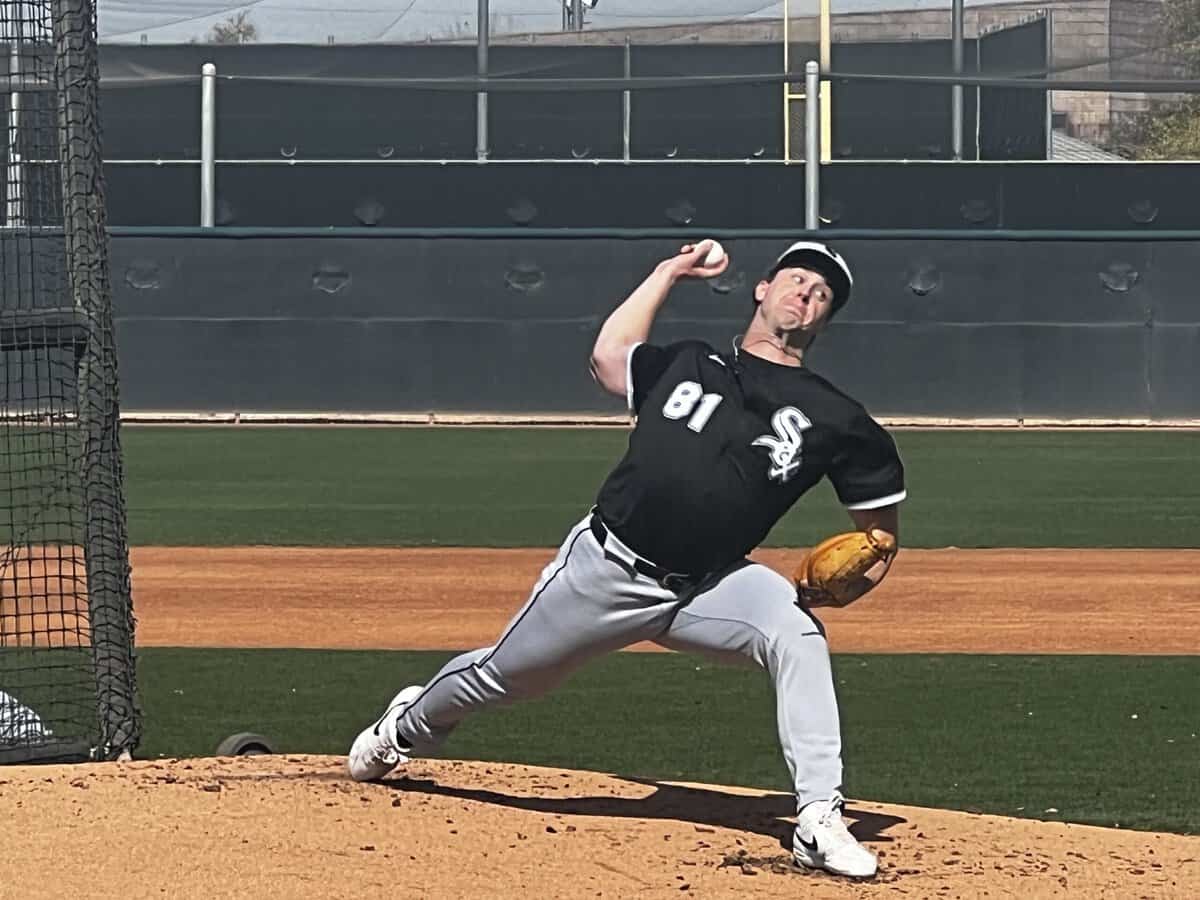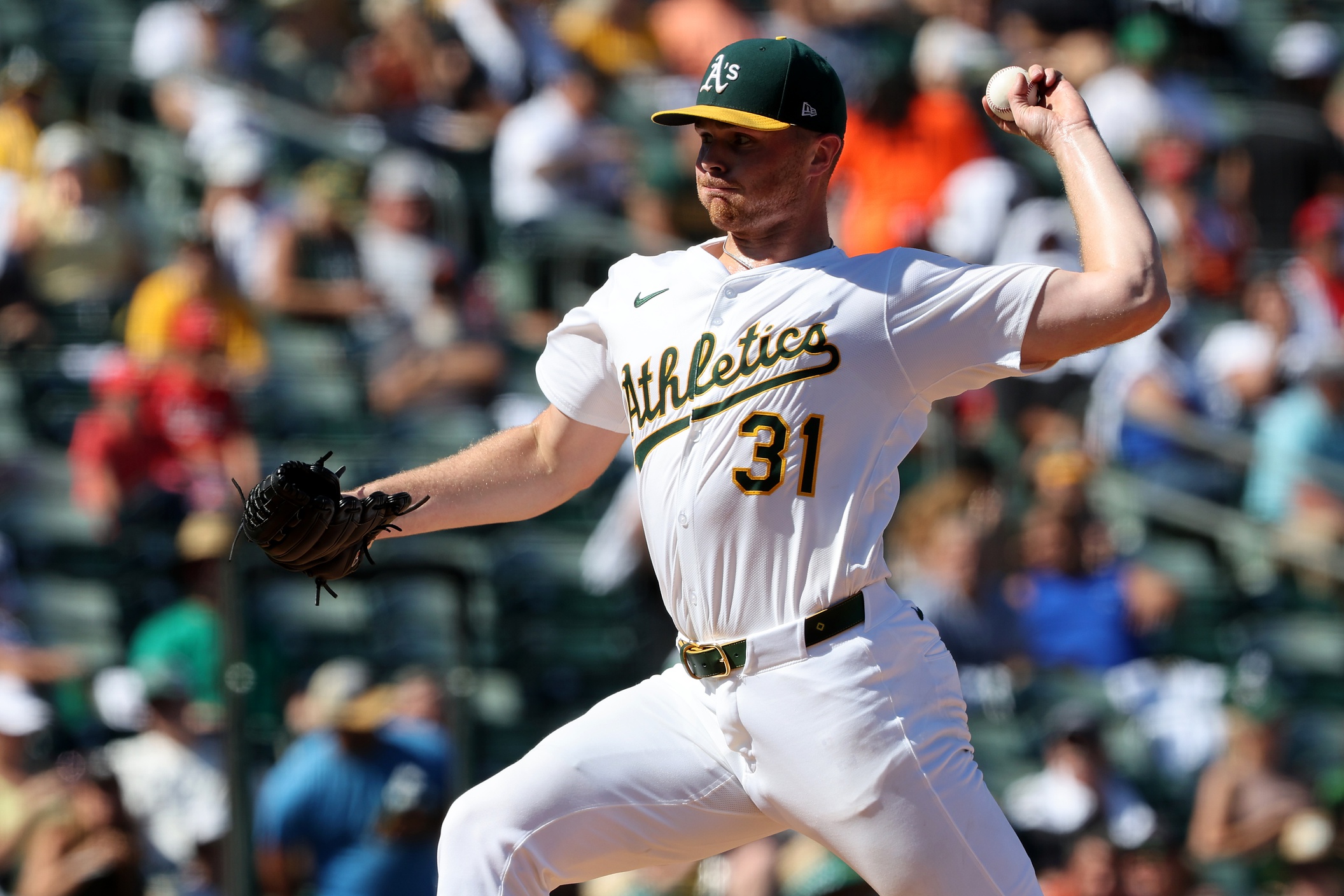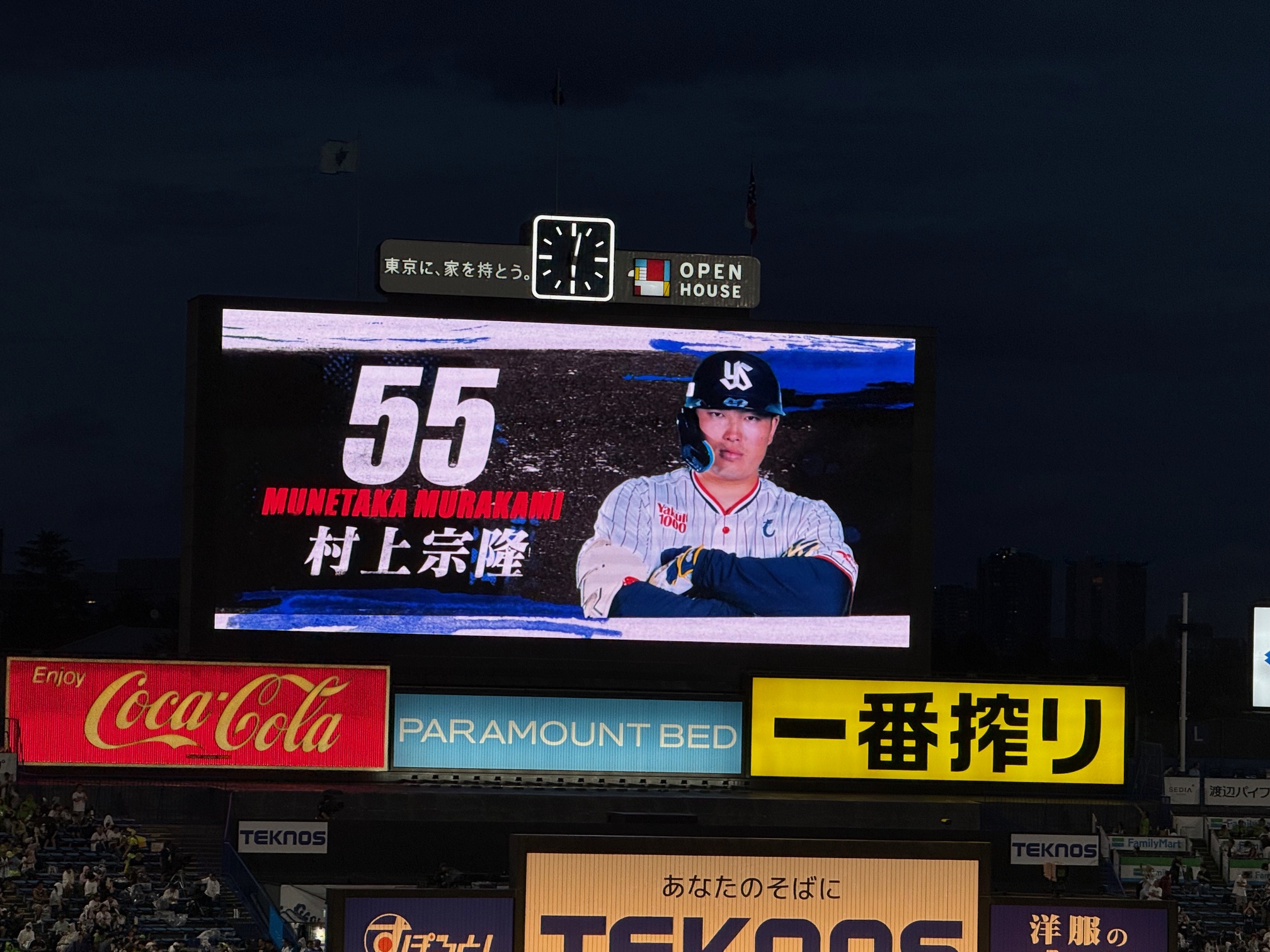James Fegan: Grant Taylor is someone where I imagine you're not very worried about his stuff.
Paul Janish: I wish I had his stuff. I would've made more money.
JF: But he starts off in Kannapolis and his strikeout-to-walk ratio is...
PJ: A joke (25-to-1 in 16 IP).
JF: But he's also blowing those guys away. And then after the injury you see him in the AFL and it looks like a guy coming off a long layoff (13-to-7). So what, in a small sample, about the way he operates gives you optimism that the potential for starter command is here?
PJ: Well for one, you mentioned the walk rate, and the Fall League was more about proof of health than anything. He's obviously throwing the ball well in camp and will continue to do so. As far as what the future holds as far as role at the major league level, we're just going to have to wait and see. We're still at the point of just making sure we can get through the season healthy, help him understand from a recovery standpoint what he needs to do between starts, those kinds of things.
In terms of command, there's not really a huge concern there because he still hasn't physically pitched that much at the pro level, and so that will get better with time. If you take a look behind the curtain to his interactions with the pitching group and his ability to take in new ideas and apply them, I really think over time as he understands arsenal and game-planning versus certain-sided hitters -- because he's had the fortune of just having really freaking good stuff -- the command piece will come to where it needs to be.
He's in a little different stage from a game-planning standpoint, which may influence the way he pitches at the minor league level to a certain degree, where it's, 'This is something we need you to get good at, so that when you get to the major league level, you have this skill set in your bag.'
JF: With having two top catching prospects where it would be great for them durability-wise to have an even workload split, 81-81 behind the plate, but have the potential to hit enough that you'd want them in the lineup more than that, do you start preparing them for other positions?
PJ: It's a good question and to be transparent, I think it's a question we're going to end up having. Both of these guys, [Kyle] Teel in particular, we're pretty set on him catching as much as he can right now, get him as ready as he can be.
I've got a pretty high degree of confidence that both those guys have the ability to play in the big leagues and when that time comes, we'll see. But in terms of positions, I don't see them getting too versatile just yet. Not to say that it won't, and Kyle in particular is athletic enough to do some other things, I just think right now our job is do what we can to get them as ready as they can be to play that position [catcher] at the major league level, which we can agree is very hard. We'll get greedy a little bit later.
JF: With Jacob Gonzalez, last year was all about fixing the direction of his swing, to pull off the ball less. In reformatting that, he felt like he needed to find a new loading action with his front foot to go with it. He installed a new leg kick, had a good playoffs and now seems more comfortable with it. Do you look at him as a guy that's been going through the steps to develop a swing that will work in the majors, more than just seeing someone who hasn't hit for consistently good results yet?
PJ: With him specifically you have to take into consideration that it was his first full season and he got tired. All of our sports science stuff indicated that. We talked about it. He spent the offseason getting into really good shape. He looks physically as good as he has since I've been around him.
The swing works, man. We're not worried about the swing. With him it's also about understanding what to do and when, how to combat certain types of pitchers. He's got the bat-to-ball [ability] where there's always peace of mind that he's going to have a good at-bat with two strikes.
He's looked great so far. He's talking more this year so far in spring training than he talked the whole year last year, so I think there's some level of personal development too that's happening in a good way. We try to be really intentional about that side of it. Jacob's been on winning teams his whole career, in college and last year at Birmingham. He's great in the clubhouse, great teammate. He does a lot of good things on the field. The offensive piece, he's going to continue to adjust. We're excited about where he's at.
JF: When we last talked about Samuel Zavala, you mentioned strength as a big offseason focus. Looking at his numbers (.187/.340/.301 at High-A last year), one thing that stands out is he's got big league caliber maximum exit velocities already, so I took it to mean something more about stability in his swing or consistency, but how do you see him apply that advice?
PJ: A better way to say it, is that it was about being able to physically endure the entire season. If we went out and hit BP with him, he would hit the ball as hard as he can and as far as he can. But it's about how his body feels everyday throughout the season, that's the strength component he needs to add. It's not that he can't physically do stuff.
The offseason was good for him. He's a bilingual kid, he's very easy to talk to. He's going to look you in the eye and we're having conversations with right now too about trying to make some relative adjustments for some of the things he struggled with last year offensively, but he's been really receptive.
We still think a lot of Sammy, and we've mostly been talking offensively but he's a really good defensive outfielder, he can play all three outfield positions. He's still young, he just turned 20. In the industry we can lose sight of the fact that players are different. You have to give them opportunities to apply adjustments and develop.
JF: From a statistical sample standpoint, the really good offensive portion of Colson Montgomery's season was relatively small. But from a scouting standpoint, if he's made an adjustment at the end of the year and he's repeating it, that means more going forward than what he did from April to July. So what did he show in a short amount of time that showed he's moved on from what he was struggling with to the point where he's competing for a major league starting job?
PJ: There's two variables. First is that he had exhibited a lot of good prior to this year. There was a reason he was on the map the way that he was.
But you make a good point in that he did make both a little bit of a physical and a mental adjustment at the end of the year, and it was for a month-to-six-week period and then into the Fall League for a little bit more. The ability to adjust and actively do it in-season was what was really encouraging about it.
I've talked to him a lot throughout camp and he seems to be appropriately relaxed and understanding of what he needs to do, and where he's at in terms of having a chance to play in the big leagues.
JF: If you look at last year in a vacuum, he chased upstairs a little bit too much. But if you look at his minor league career, that hadn't been an issue. Does that give you confidence that a more specific issue popped up?
PJ: And I really think, and this is the discussion we had with him near the end of the year, I really think bringing it to light -- he's a smart kid, he has the ability to make adjustments. And some of the stuff he just does naturally and it's kind of a blessing. But bringing it up and him understanding it from a game-planning standpoint, I think that piece is also going to be more extensive at the major league level and that's going to really help him.
He'll be able to take that information and use it and apply it in a game.
JF: Coming out of the draft and going forward there's a lot of uncertainty about whether Caleb Bonemer will be able to stick at shortstop. So when you complimented Bonemer out of bridge league action and instructional league as being one of the better athletes in the organization, it stood out and I wondered went into that observation.
PJ: It's about what he looks like and does in the weight room and how physically strong he is right now. It's from watching him on the field, moving around and even during team stretch, the agility he shows. Running the bases, he does that really well. The defensive piece, as of right now he's going to go play shortstop, and will he move around the infield to a certain degree? Sure, but the majority of his time is going to be spent at shortstop, and we'll make him prove that he can't do it, like we would with anybody else.
Even talking to him about high school football, you can tell the way his mind works. He's an inherent athletic competitor. There's an intensity about him that sticks out for his age. He wants to get good.
Honestly, his relentless nature is what sticks out.
JF: Relevant to both Caleb and Colson, but is there a balancing act between trying to develop a guy to max out their power hitting potential, and keeping them in the shape necessary to stick at a premium position like short? Colson felt the weight he lost for defense this offseason will only help him financially, but is it something you have to consider?
Even when you talk about guys that are on the cusp of the big leagues, there's a lot to learn relative to the major league level when it comes to reliability.
With that type of more physical body that's trying to play the middle infield, I just think you let it play out. Corey Seager is a pretty physical guy and has done well at the shortstop position. I don't think you can lump them into one bucket, you've got to just let it play out. There's other variables to being a good defender at shortstop or the middle of the field than just pure range. That's a very important metric, but if you're standing in the right spot and can do a pretty good job anticipating.
I played with J.J. Hardy and he wasn't the most, by the letter of the law, gifted athlete in terms of pure speed, and he converted as many ground balls to outs as anybody in the league for a few years. So I think there's more to the story. It's good problem to have. I'd love to have a bunch of physical guys that we think are going to play short.






